Today I bring you the concluding episode of a four part series to walk through the first of my two Japan winter wildlife tours for 2016, with more sea eagles, some ICM, the Oshinkoshin Falls and a seascape, then a foxy finish.
We pick up the trail this week on day ten of the tour, in the middle of our second session photographing the sea eagles from a boat, just outside the port at the fishing village of Rausu, on the eastern side of the Shiretoko Peninsula, which is the horn shaped stretch of land on the far east side of Hokkaido, Japan.
When I first saw this first photograph that we’re going to look at today, it took me a few moments to figure out what was actually going on. The Steller’s Sea Eagle is the heaviest eagle in the world, though wing span measurements can actually put it just behind a couple of species in terms of standard bird measurements. With their weight though, comes a certain amount of clumsiness. They fly beautifully most of the time, but sometimes they seem to tie themselves in knots, as this one did here (below).
His lower wing is basically upside-down, so the majority of what we see of his wings is the top side, with his belly pointing up diagonally to the top left corner of the photo, but his head is cranked back around the wrong way, as he tries to look at something below. This all results in him kind of looking as though he’s been turned inside-out, so I thought this was a fun shot.
The settings for this were 1/1000 of a second at f/8, ISO 1000 at 400mm. I cropped this in from the top right to remove a couple of other birds in the bottom left corner, giving me a final image size of 28 megapixels, from my Canon EOS 5Ds R 50 megapixel camera. I was also using my 100-400mm Mark II lens at full stretch for this photograph.
This next image is another favorite from the trip (below). I love it when there is a little bit of snow in the air, as there is in these eagle shots for today, but this one I feel has a really nice extra dimension to the image due to the snow. The pensive look on the face of the Steller’s Sea Eagle, and his outstretched talons, are really cool, as he swoops in to catch that frozen fish that you can see in the bottom right corner.
This is cropped in a little from the bottom left corner, giving me a 38 megapixel photograph, and to bring out some detail in his underwings, I’ve increased the Shadows slider in Lightroom to +48, and added +14 Clarity, to bring back a little pop that I lose by increasing the Shadows. This was shot at 1/1000 of second at f/8, ISO 1000, with a focal length of 349mm.
This next shot (below) is one of those where the appeal of the contents of the image overrides the fact that I have clipped the top of one of these eagles wings off. Just as this Steller’s Sea Eagle swooped down to catch a fish, a White-Tailed Eagle came in much more quickly and made off with the fish before the Steller’s Sea Eagle’s eyes. You can almost sense the frustration in the Steller as the White-Tailed nonchalantly whisks away its trophy.
This was a 1/1000 of a second exposure at f/8, ISO 1000, at 300mm. I’ve actually done a little bit more slider juggling with this image than I usually do, because the patch of white on the Steller’s Sea Eagle’s right wing was close to being over exposed, so I’ve decreased the Whites slider to -87, and the Highlights slider to -62, then increased the Shadows slider to +49 and the Blacks slider to +15, then added +36 Clarity to bring back the punch.
This next shot (below) is one of the images that I mentioned last week, where I pretty much nailed the composition in camera, with the eagle almost filling the frame, so it is a totally un-cropped 50 megapixel image, and I can’t wait to get some time to print this. I’m working on a large print order as I prepare this podcast, so I’m looking forward to a bit of personal printing after I get back from Tour #2, which will be around the time that I release this episode.
This image was shot at f/8 with a shutter speed of 1/1000 of a second, ISO 1000 and a focal length of 241mm. This was actually the second of two frames, with the eagles wings down, much closer to the water in the first frame, so this second frame was better as he started to gain some loft.
OK, so just two more eagle shots now, I promise! This is a White-Tailed Eagle snatching his frozen prey from the sea, and in this one, I kind of like how the feathers are splayed out, and almost coming far enough forward to hide the eagle’s face (below).
I cropped this slightly from the top left corner, giving me a 40 megapixel photo, and the clarity of the bird’s head just blows me away. I was really pleased with how well the 5Ds R’s auto-focus performed pretty much throughout this trip (expect for the problem that I mentioned last week, when all Canon shooters had an issue with the brightly back-lit deer). My settings for this were f/8 for 1/1000 of a second at ISO 640, and a focal length of 286mm.
That was the last photo from our second session with the eagles, and then we spent about 45 minutes photographing around the port, then we went to the local Shinto shrine and the group had a full-blown Shinto blessing. This is an optional activity that we’ve been doing for a few years now, but it’s a really nice cultural event, that the majority of the group usually take part in.
During the afternoon I did a second workshop session, and took the group through Nik Software’s Silver Efex Pro and Color Efex Pro, before we enjoyed a little bit of down time to go through some of our hundreds of eagle photos. The following morning, we went back out for our third and final session with the eagles. The light was quite low as we started, so this time, instead of increasing my ISO high enough to freeze the action, for the first 20 minutes or so, I had some fun shooting panning images, like this one (below).
I had my shutter speed down at 1/60 of a second at f/7.1, with ISO 1600 for this shot. As with the swans, the hit ratio for getting the head sharp on a bird traveling at speed with this low a shutter speed is pretty low, but I was really pleased when I chimped and saw this one looking pretty good on the camera’s LCD. This is uncropped too, so I have all that lovely blurriness and a sharp head at 50 megapixels.
After this final session with the eagles, we went back to the hotel for breakfast, then started our drive around to the other side of the Shiretoko Peninsula, to the town of Utoro for one last night. On the way, we stopped for our fun intentional camera movement, or ICM, shoot of the birch trees, as you can see in this photograph (below).
This is always a fun shoot, with a line of 15 photographers, including me, at the side of the road, all bowing up and down at the trees, looking like a group of highly appreciative Japanese tourists. To get this look, I generally recommend a shutter speed of 1/25 of a second, which with the light on this day required an aperture of f/18 at ISO 100, and then I like to release the shutter during a downward swoop with the camera, just as I see the bottom of the trees come into the frame.
Slightly different from my shots at this location from previous years, I walked along a little to the end of our stand of birch trees, and included a distant stand of darker trees in the middle of the right side of the frame. I quite like the results, and it does make a difference from my other shots which are although all subtly different, still very much the same. 🙂
After lunch, we called at the Oshinkoshin Falls just outside of Utoro, for some nice silky waterfall shots. These are a large double waterfall, although the left side is generally frozen over at this time of year, and although I always photograph the entire waterfall, I am really not fond of the photos when I do that. To me, these falls are all about the smaller details that we can pick out with a long lens, as I’ve done here (below).
For waterfalls, I like to use a shutter speed of between 0.5 and 1 second, with around 0.6 to 0.8 being about my sweet-spot. For this, I was at 0.6 seconds at f/11, with ISO 100, and a focal length of 148mm. I shot about seven or eight frames as I gradually worked my composition down to this section of the waterfalls. My second favorite end result was a vertical orientation image, which matches the vertical flow of the water, but I prefer this shot, with the vertical flash of rock on he left, and the cascade on the right, almost like two shots in one.
For our last shoot of the day, we made our way down to a spot where a river flows into the Sea of Okhostk, for a few seascapes, and for those that were interested, long exposure shots, like this one (below). I used an ND8 and an ND1000 to block out a total of 13 stops of light, giving me a 2 minutes and 30 second exposure. I love how silky the water goes in really long exposures like this, and of course, you need to go this long to really make the clouds move a long way in this kind of photograph.
I’d managed to develop a hole in the rubber base my right Baffin Impact boot, which I was not happy about as I’ve only been using these boots for three seasons. My previous Baffin boots lasted seven seasons, and even then I only changed them because the soles were wearing down too much. I gave my last pair hell, and they just kept going, so when I get a minute, I think an email to the Baffin team is in order. Anyway, because of this, as I shot this, my right boot was gradually filling with icy cold water, which was not an incredibly nice feeling.
This part of the tour always makes a nice change from the fast paced shooting of the first 11 days. After some nice relaxing shoots through the afternoon, we enjoyed our last dinner together in one of the best hotels in Hokkaido, before taking a nice walk in the Shiretoko National Park on our final morning, day twelve. Yukiko, our tour conductor took one participant down into the valley where there are often Ezo deer to photograph, and I lead another group around the top area of the park, looking for some birds to photograph. We saw some pygmy woodpeckers, and a few other species, but they were mostly too far away to shoot, so I didn’t get anything worth sharing.
Just as we thought it was safe to put away our long lenses though, we drove past this northern red fox (below) shortly before lunch time. The group had started to wind down at this point, as we’d already recorded the message that I’ll play you shortly, but we couldn’t resist getting our long glass out one last time for this final wildlife opportunity.
This lovely red fox watched us for a while as he walked along, then he turned his back to us and started to walk off into the distance. It looked like he was totally oblivious to our existence, but Dan, who we’ll here from in a moment, showed me his photo of the fox as he walked away, and his ears were pointing straight back towards the bus. He wasn’t going to put a bus load of photographers out of mind quite that easily. I shot this at f/11 for 1/500 of a second, ISO 400 at 560mm.
So, as usual, at the end of the tour, I walked around the bus with a digital recorder and recorded a message from each of the participants, that I’d like to play you now to finish.
[Listen to the audio with the player at the top of the post to hear what each participant said about the tour.]
Although the weather conditions weren’t the best we’ve had by a long shot, I found this tour to be probably one of the most productive so far, hence the necessity to do four episodes to cover all of the photos I wanted to share with you, and I have another 135 images still that I’d love to show you if we were sitting down together with a glass or two of something. Maybe we’ll have to save that though, for a bit of post-dinner lounge time that we might share on a future tour.
2018 Winter Wonderland Tours
Before we finish, I’d like to remind you that we are now taking bookings for the 2018 Snow Monkeys & Hokkaido Tours. For details and to book your place, visit the tour page at https://mbp.ac/ww2018. Our 2017 tours are already sold out, but if you’d like to be put on the wait list, please contact us.
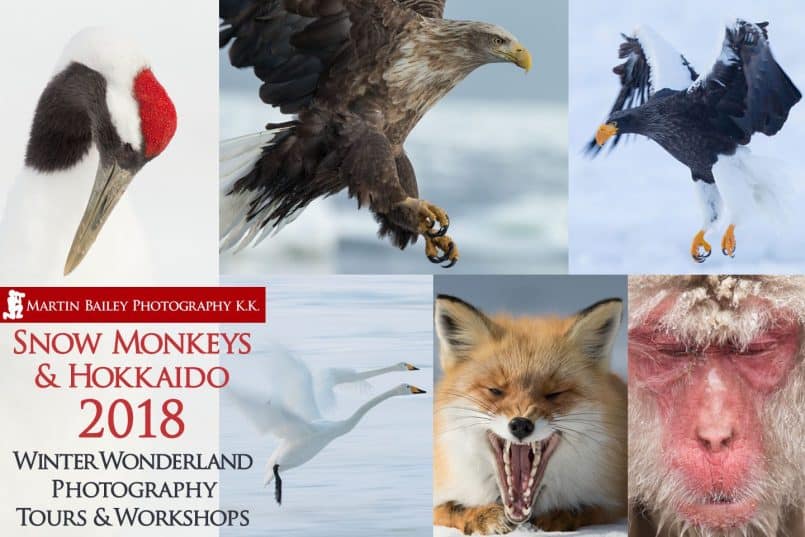
Show Notes
Details of the 2018 Tours: https://mbp.ac/ww2018
View all currently available Tours & Workshops: https://mbp.ac/workshops
Subscribe in iTunes for Enhanced Podcasts delivered automatically to your computer.
Download this Podcast in MP3 format (Audio Only).
Download this Podcast in Enhanced Podcast M4A format. This requires Apple iTunes or Quicktime to view/listen.

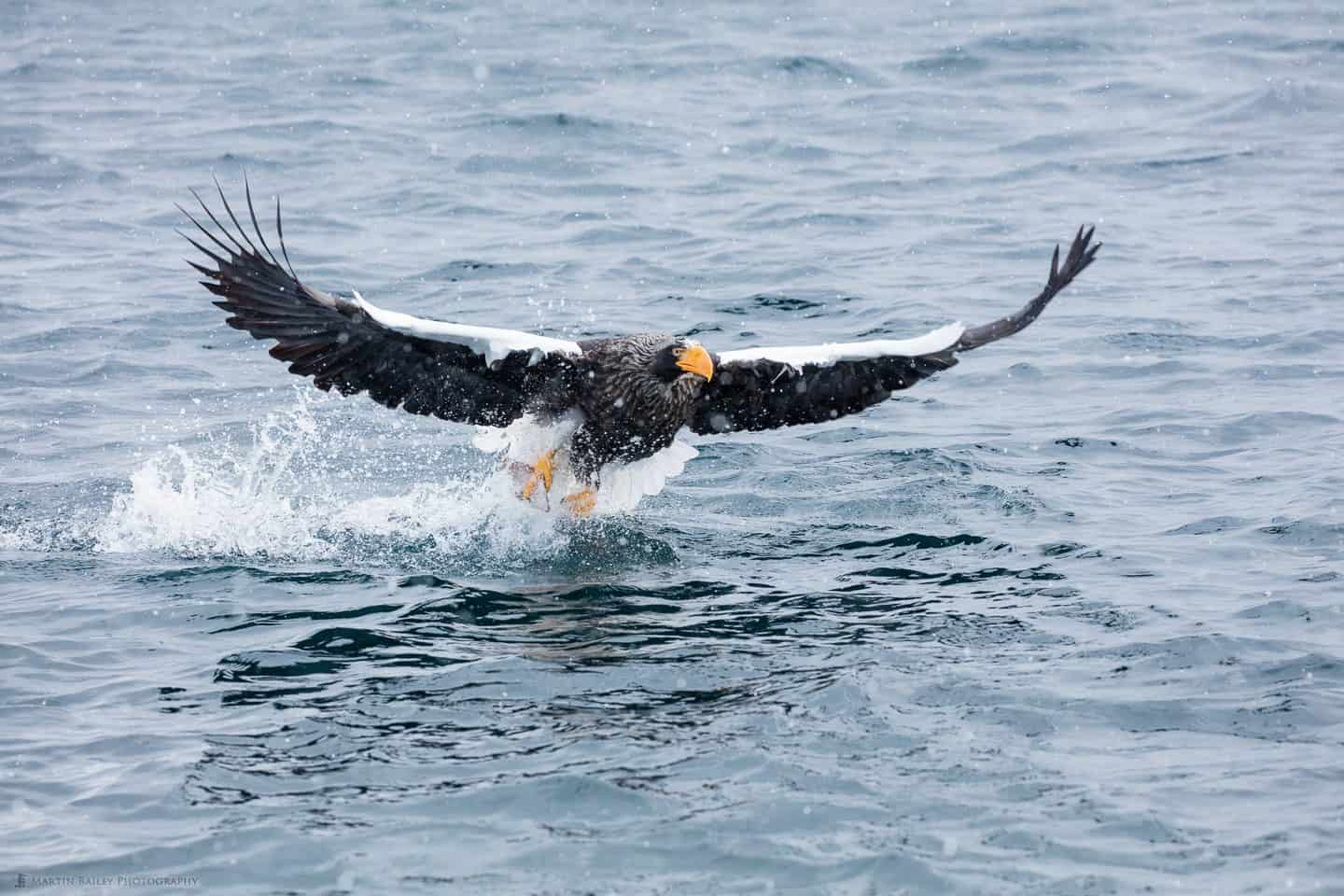
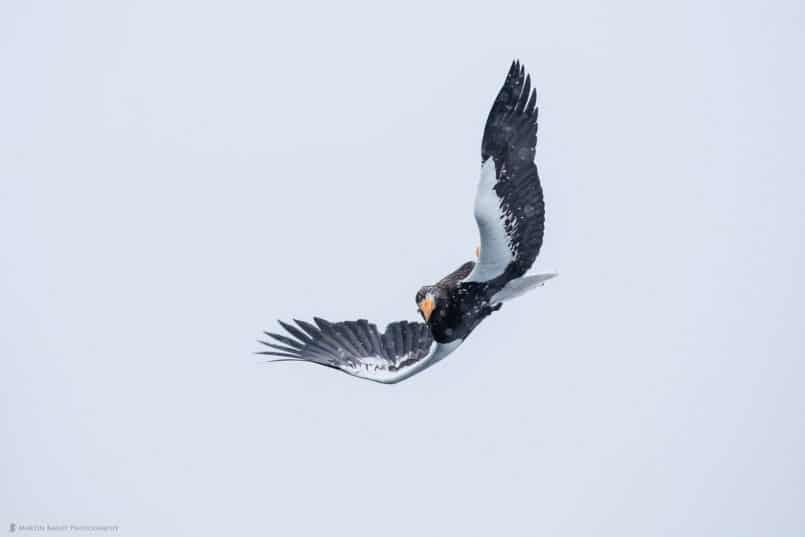
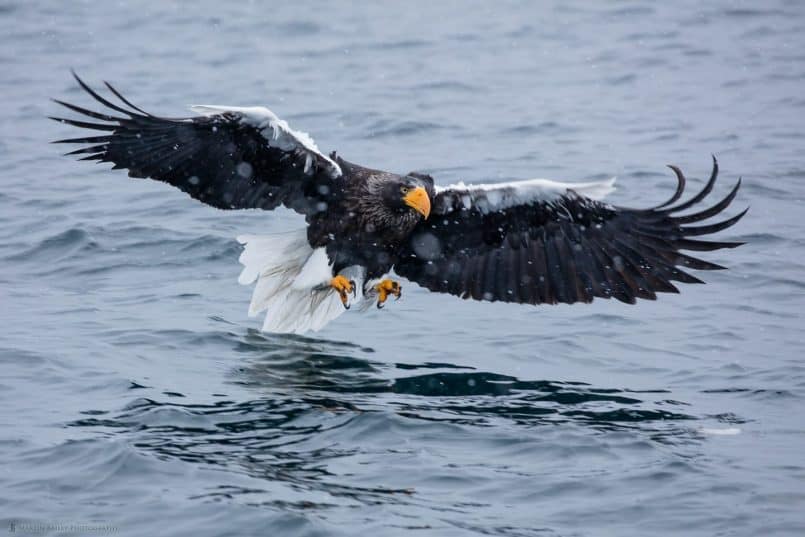
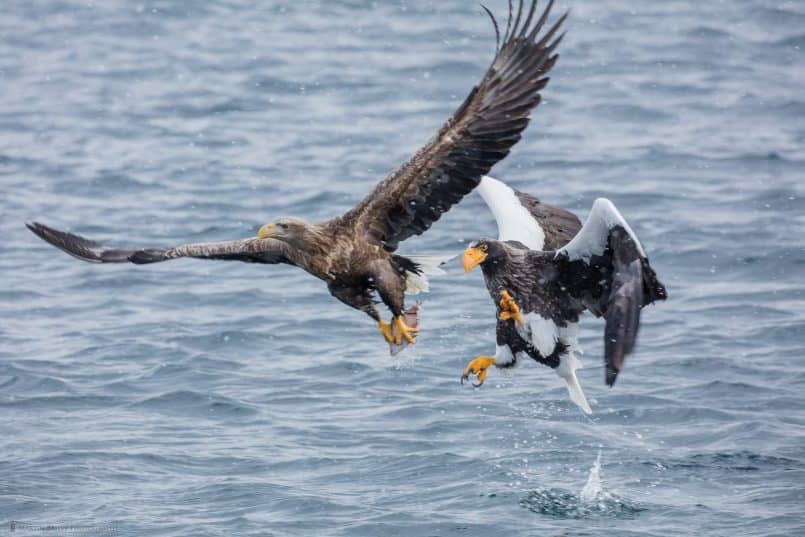
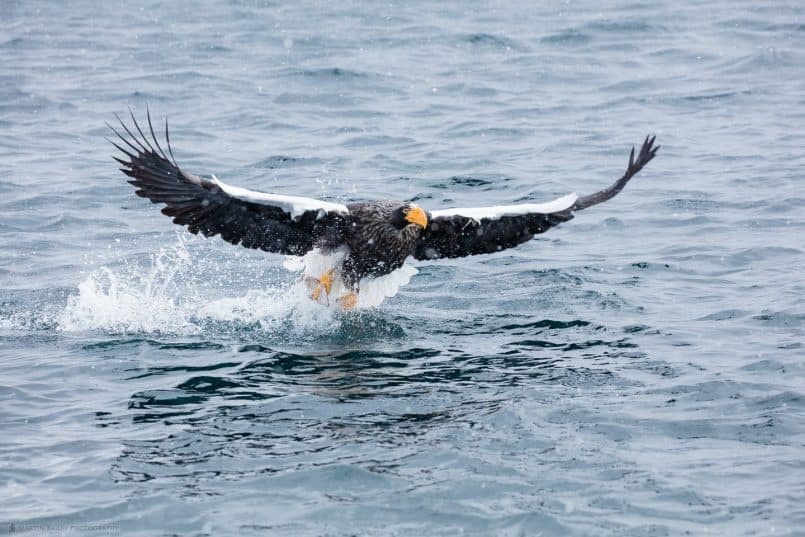
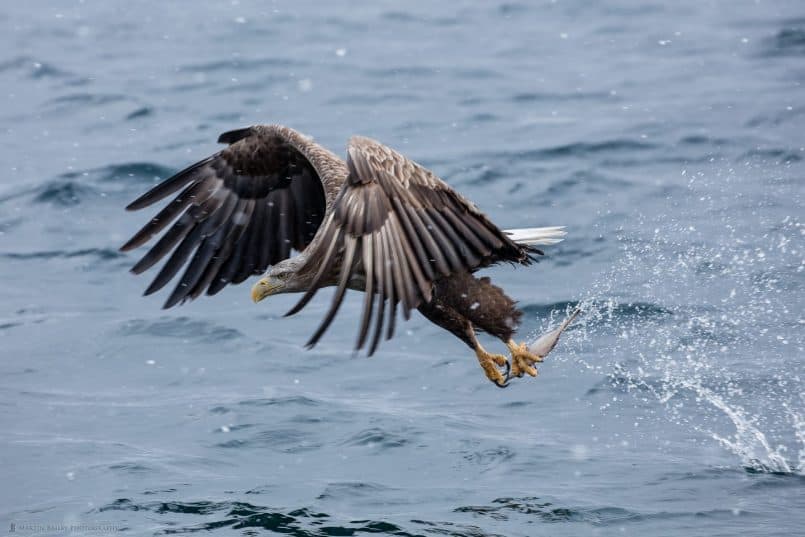
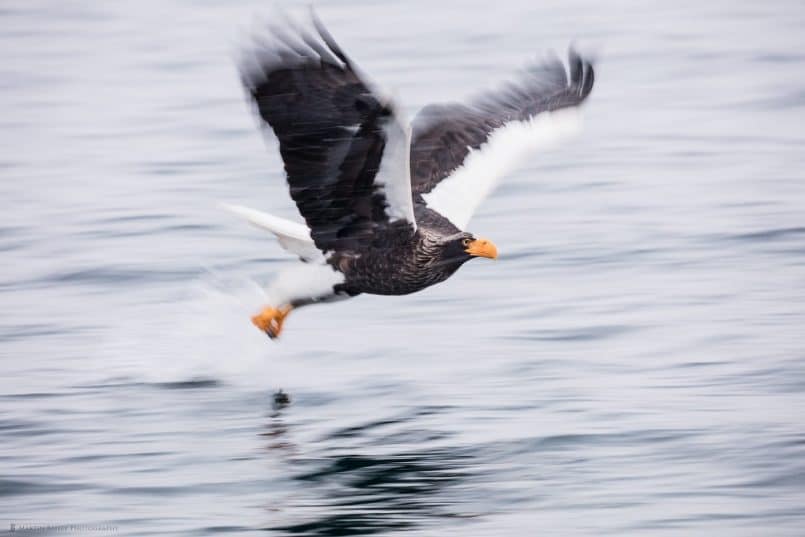
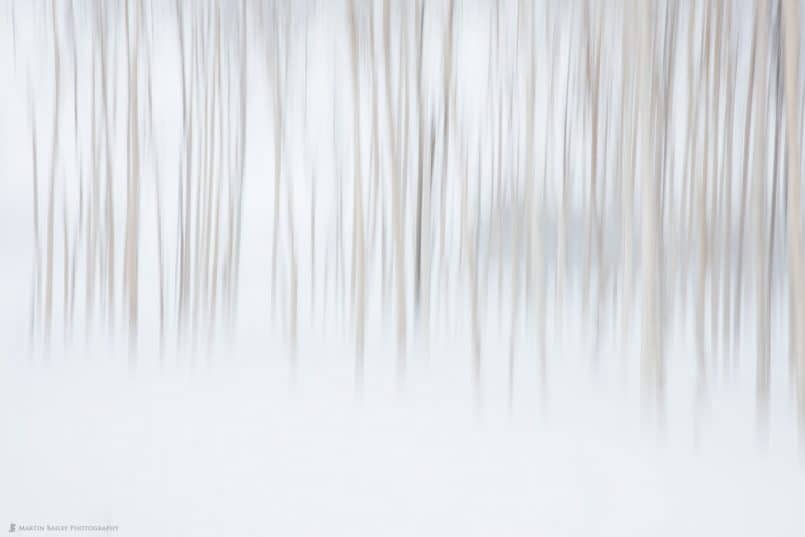

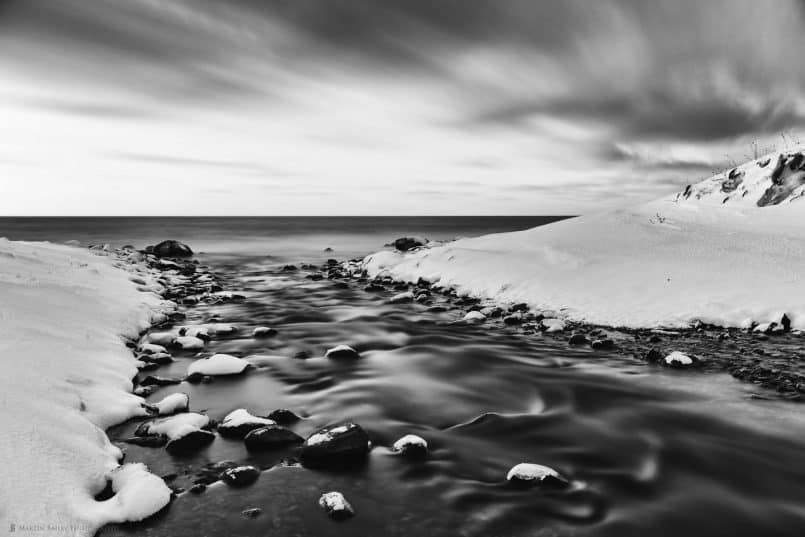
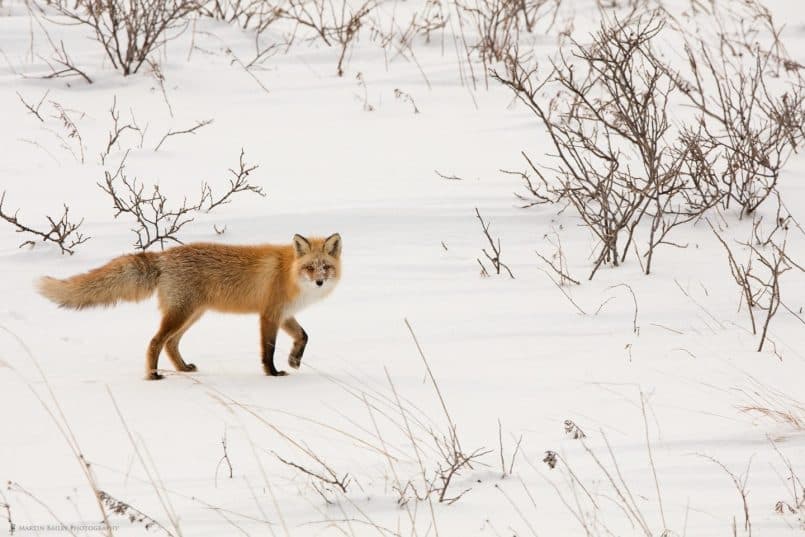

0 Comments